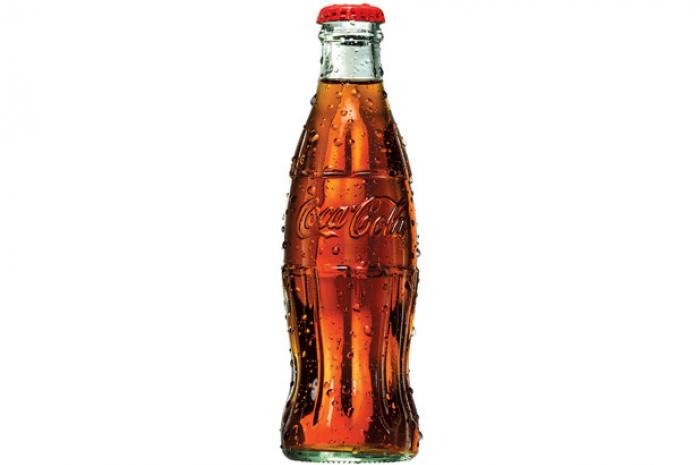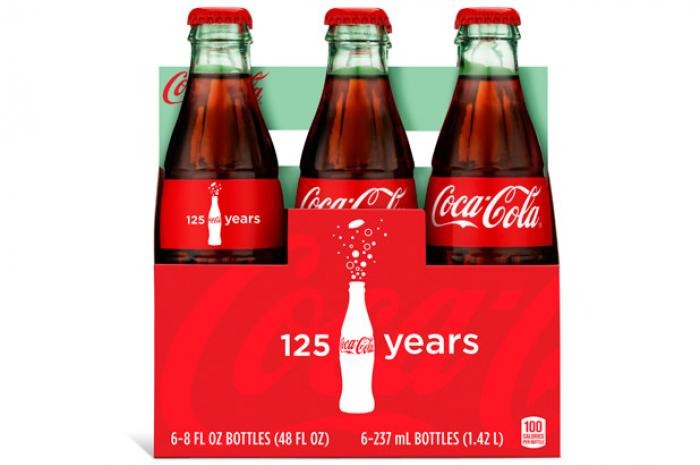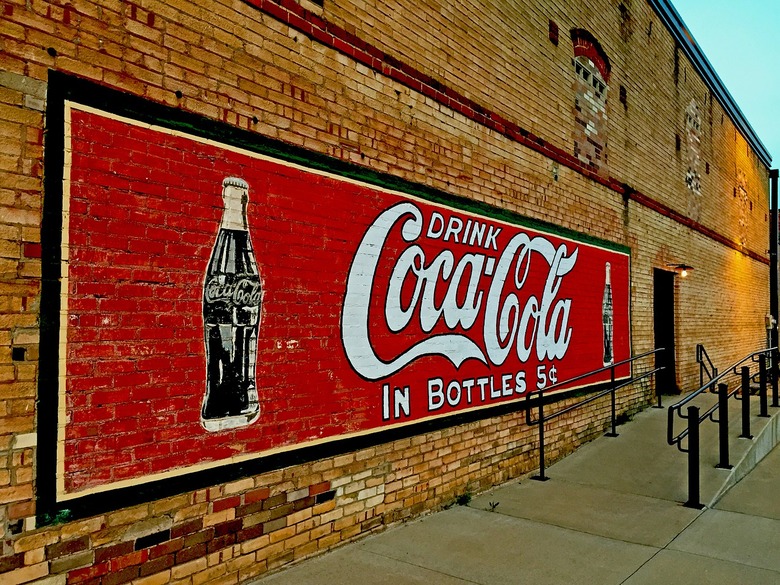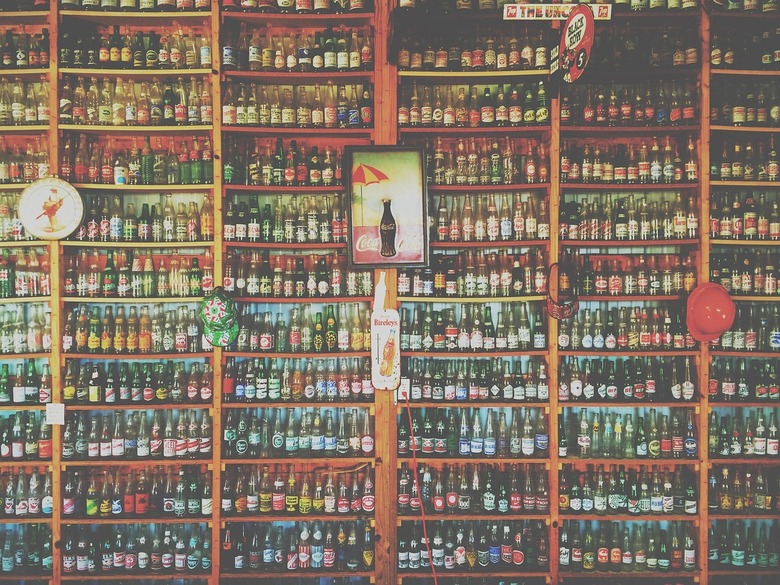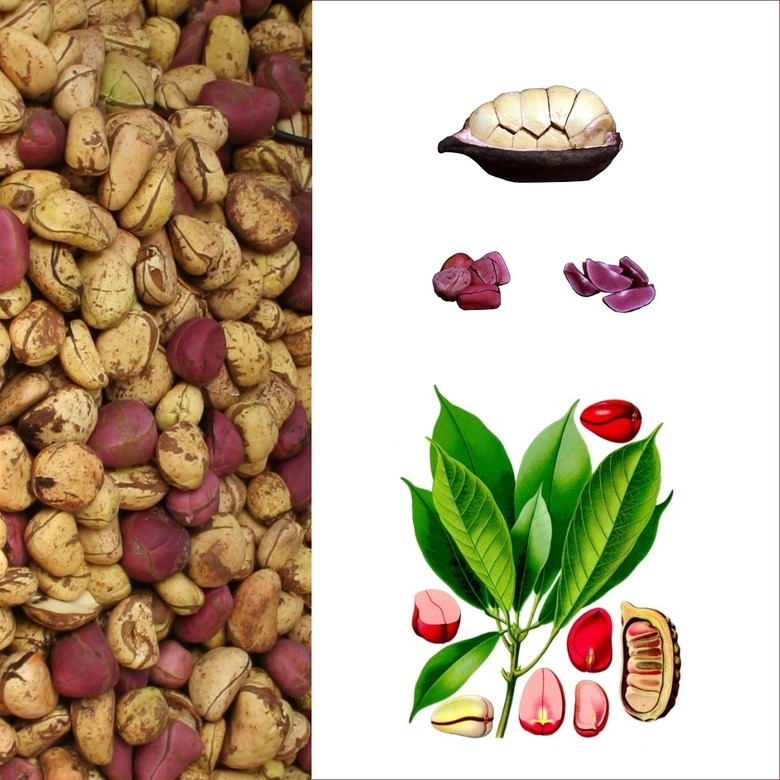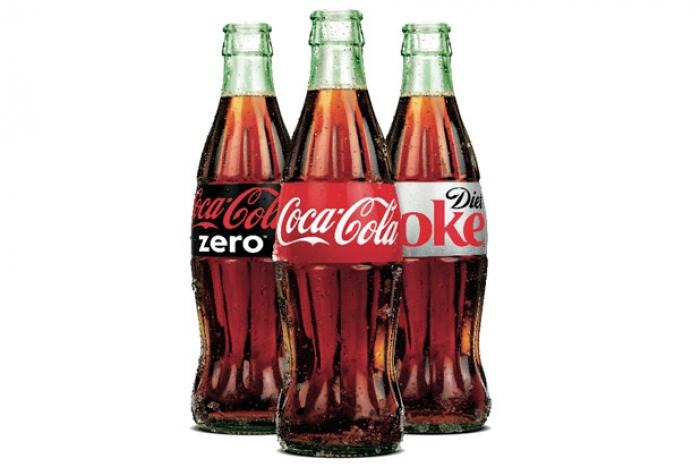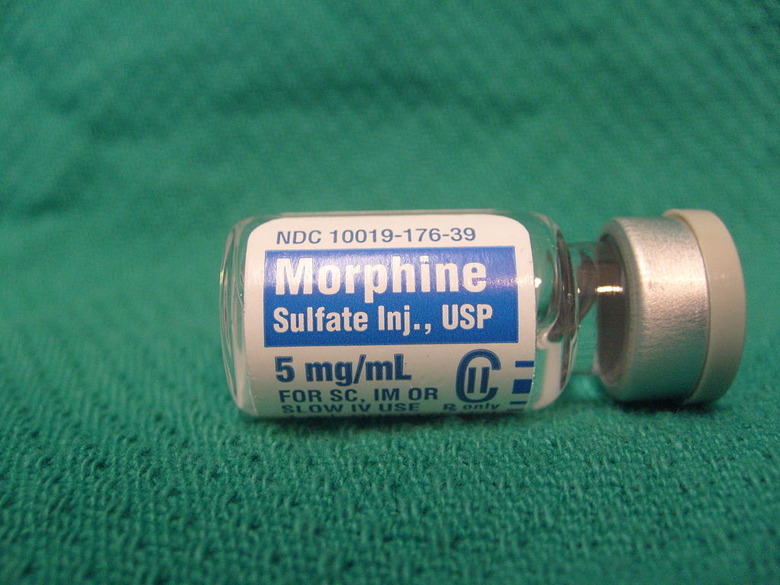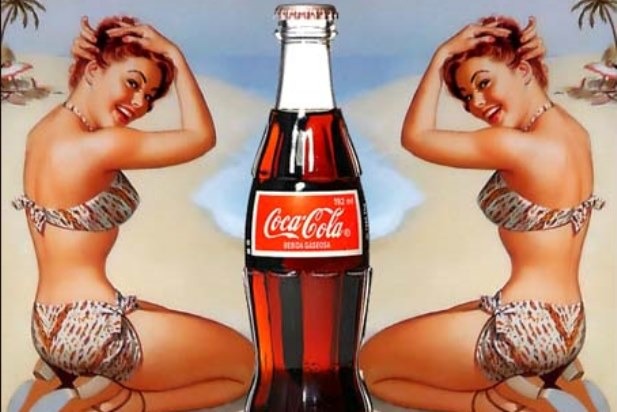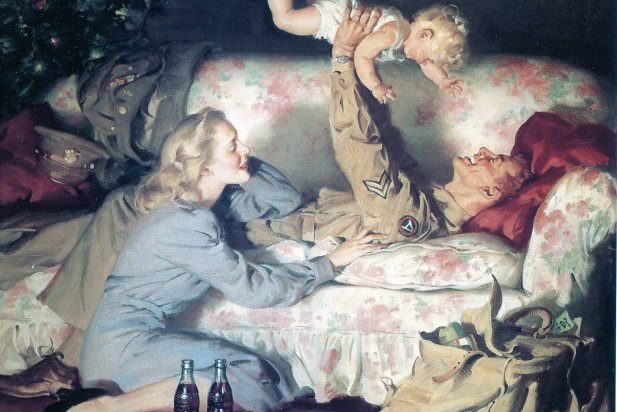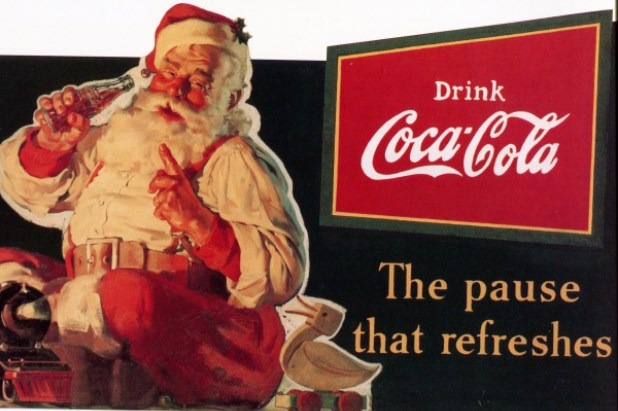10 Facts You Didn't Know About Coca-Cola Slideshow
Coke is the world's most widely distributed product, and is sold in more than 200 countries — that's more countries than there are in the United Nations.
Fact #2
Fact #3
Coca-Cola, at the time, was said to cure opium and morphine addiction — and even Sigmund Freud was a believer. Freud was excited by Coca-Cola because he said it cured him of periodic depression and gave him a sex drive. That explains a lot.
Fact #4
Fact #5
Ever wondered where the "cola" part of the name came from? The kola nut, it turns out. The kola nut, found in Africa, where it had been an integral part of life for centuries, was said to have lots of medicinal effects, and the alkaloid better known as caffeine.
Fact #6
Coca-Cola spawned from cola wine (so that cola-flavored wine "debuting" in France isn't so new, after all.) It was because of Prohibition and the temperance movement (Atlanta was one of the first dry cities in America) that promoted execs to make Coca-Cola non-alcoholic.
Fact #7
The inventor, John Pemberton, is said to have relied heavily on cola wine because he was a morphine addict. At the time, many Civil War veterans were said to have developed morphine addictions to manage pain; in the meantime, Pemberton turned to morphine, and later, coca to relieve his illnesses and pain.
Fact #8
The first celebrity endorsements for Coca-Cola (different from the "Coca-Cola girls," who appeared in the annual calendar), were singer Hilda Clark and opera star Lillian Nordica.
Fact #9
Coca-Cola positioned itself as a soldier's drink during World War II. Although the company took a hit during World War I, because of sugar rations, the company took far less of a hit during World War II, largely in part to its war efforts. Soldiers were said to depend on Coca-Cola heavily during wartime, as a pick-me-up; said one base surgeon, "I cannot conceive of a greater calamity worse than a loss of the base supply of Coca-Cola." In 1942, Coca-Cola was exempt from sugar rationing when sold to the military and bases; while other soda drink companies took hits up to 50 percent, Coca-Cola remained strong in the market.
Fact #10
Coca-Cola essentially shaped the Santa Claus we know today, thanks to its ads. Pre-Coca-Cola ads that appeared in the 1930s, the depictions of Santa Claus showed Santa as a tall and "gaunt" man usually dressed in blue, green, or yellow. Then, Swedish-American artist Haddon Sundblom drew a fat, jolly man wearing Coca-Cola red and drinking — well, what else? — and forever changed what Santa looked like. Some say this was Coca-Cola's first attempt to market to children, albeit subtly. Need something to go with that Coke? Here's our list of the 101 best burgers in America.
